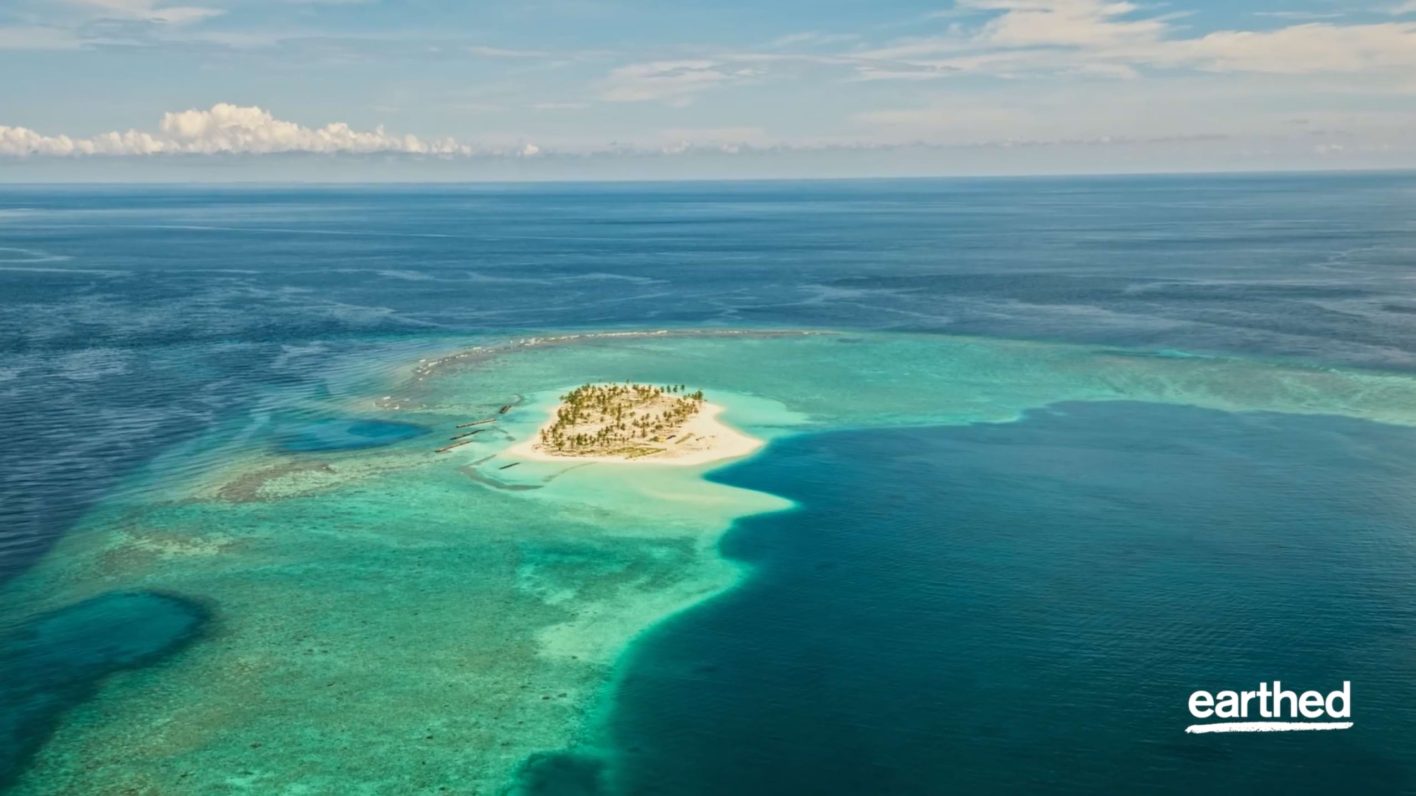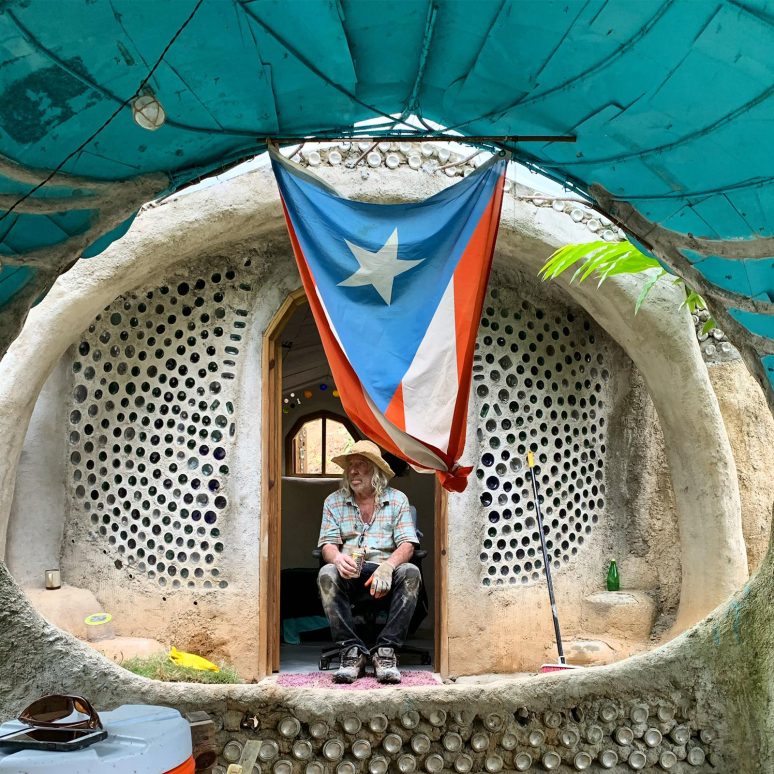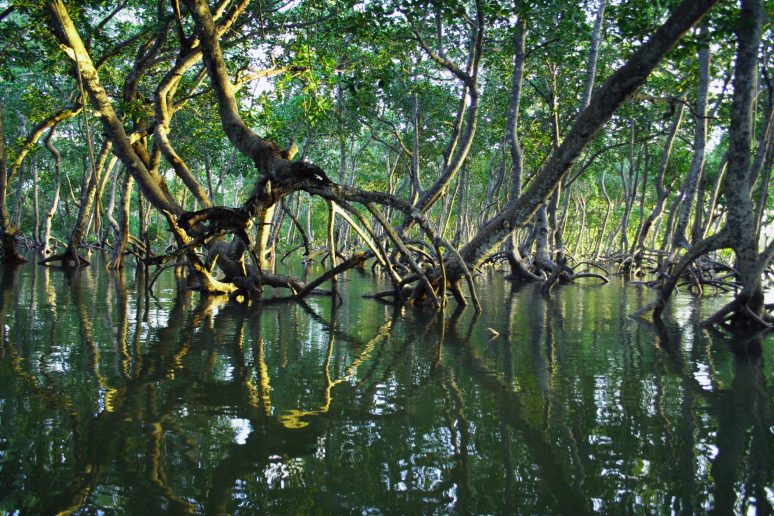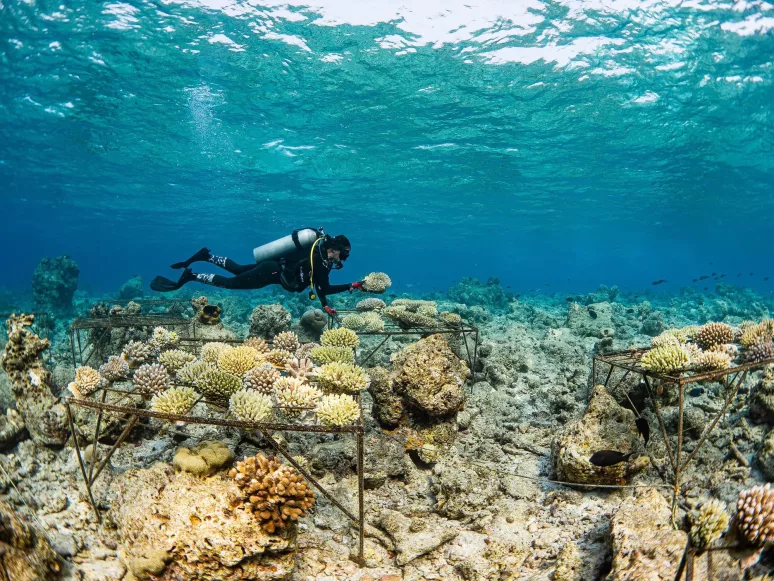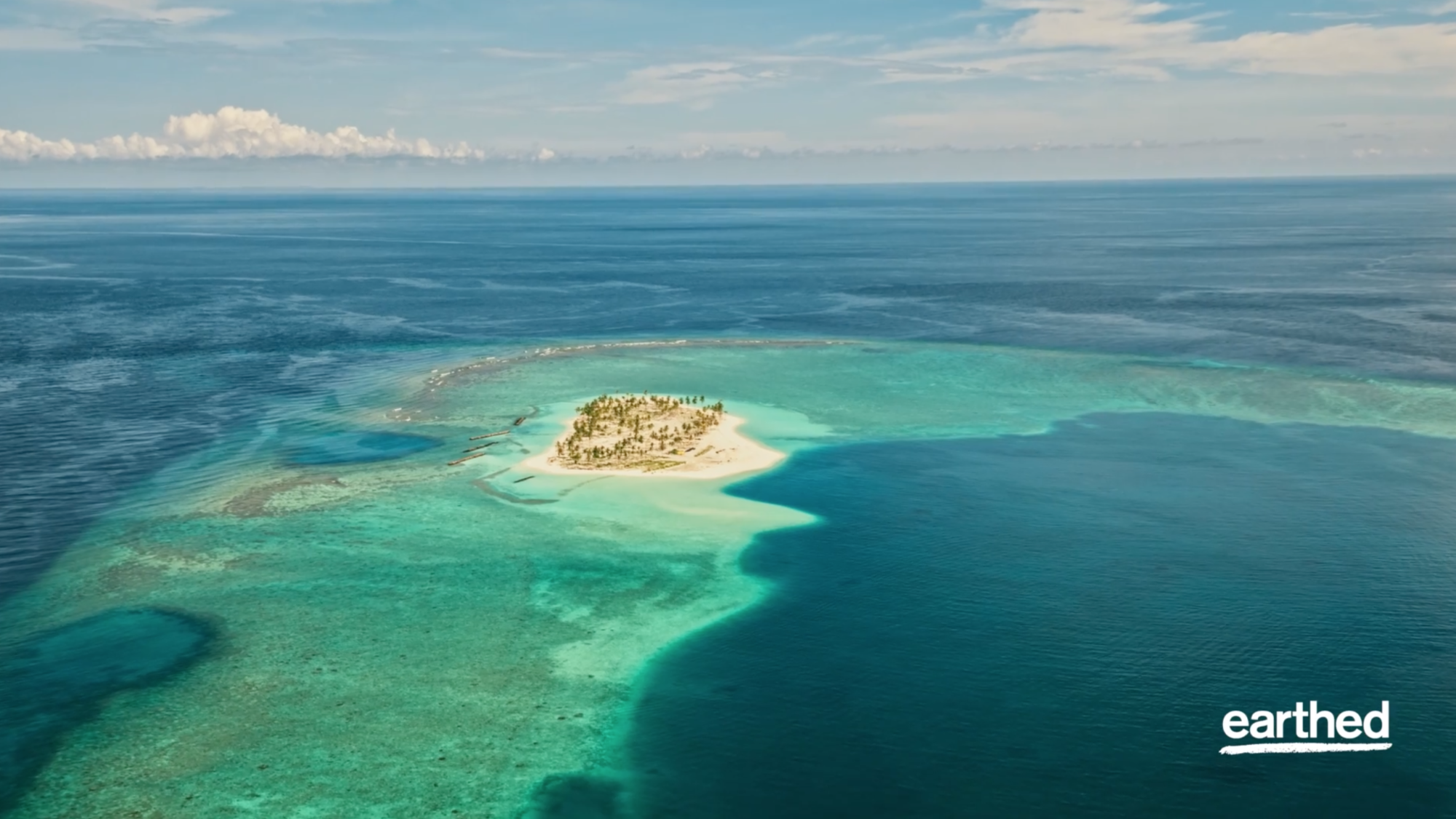
Everything you need to know about Ecosystem Restoration
Our world is made up of ecosystems. They range from those small enough to be contained within a drop of water to those that spread across entire landscapes.
An ecosystem is defined as ‘a biological community of interacting organisms and their physical environment.’ They comprise of minerals, soil, water, sunlight and other ‘non-living’ constituents as well as those biotic ones such as mammals, insects, birds, bacteria etc.
We’re deeply entangled with them. The functioning of Ecosystems is essential for our survival and we depend on them for clean water, air and food. Plus many other needs such as shelter, clothing and well-being. They also help to regulate the temperature of the environment. Their biodiversity and healthy function are necessary to support the intricate web of life on this planet.
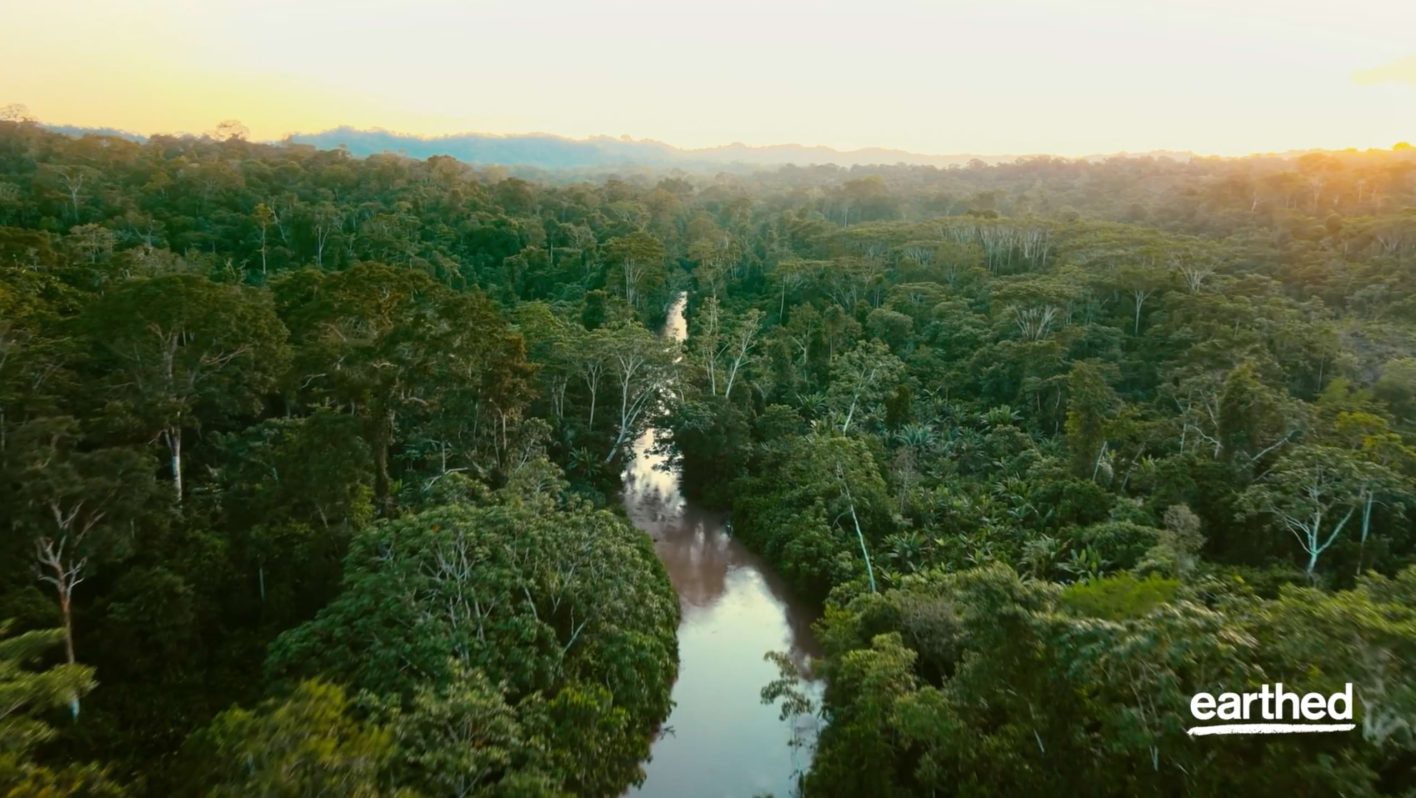
Why we need Ecosystem Restoration
The ecosystems that make up this planet have been significantly impacted. Modern lifestyles and cultures destroy natural habitats through pollution, chemicals, deforestation and desertification. One of the most significant impacts is land system changes. Over the past 60+ years, many pristine forest ecosystems with high levels of biodiversity have been converted into agricultural land or other types of land needed to keep up with globalisation.
Those ecosystems that remain also experience significant impacts such as adverse weather conditions brought on by climate change. All this to say our ecosystems are diminishing and the biodiversity that we depend on is disappearing.
The bad news is that we may never be able to recreate these complex ecosystems as they once existed. The good news is that we each can restore degraded ecosystems. Nature can thrive if we protect and increase the biodiversity left. This is why Earthed was created, to support people to learn nature skills and restore degraded ecosystems. Whether in your garden or a national park you can participate in the UN decade of Ecosystem Restoration.
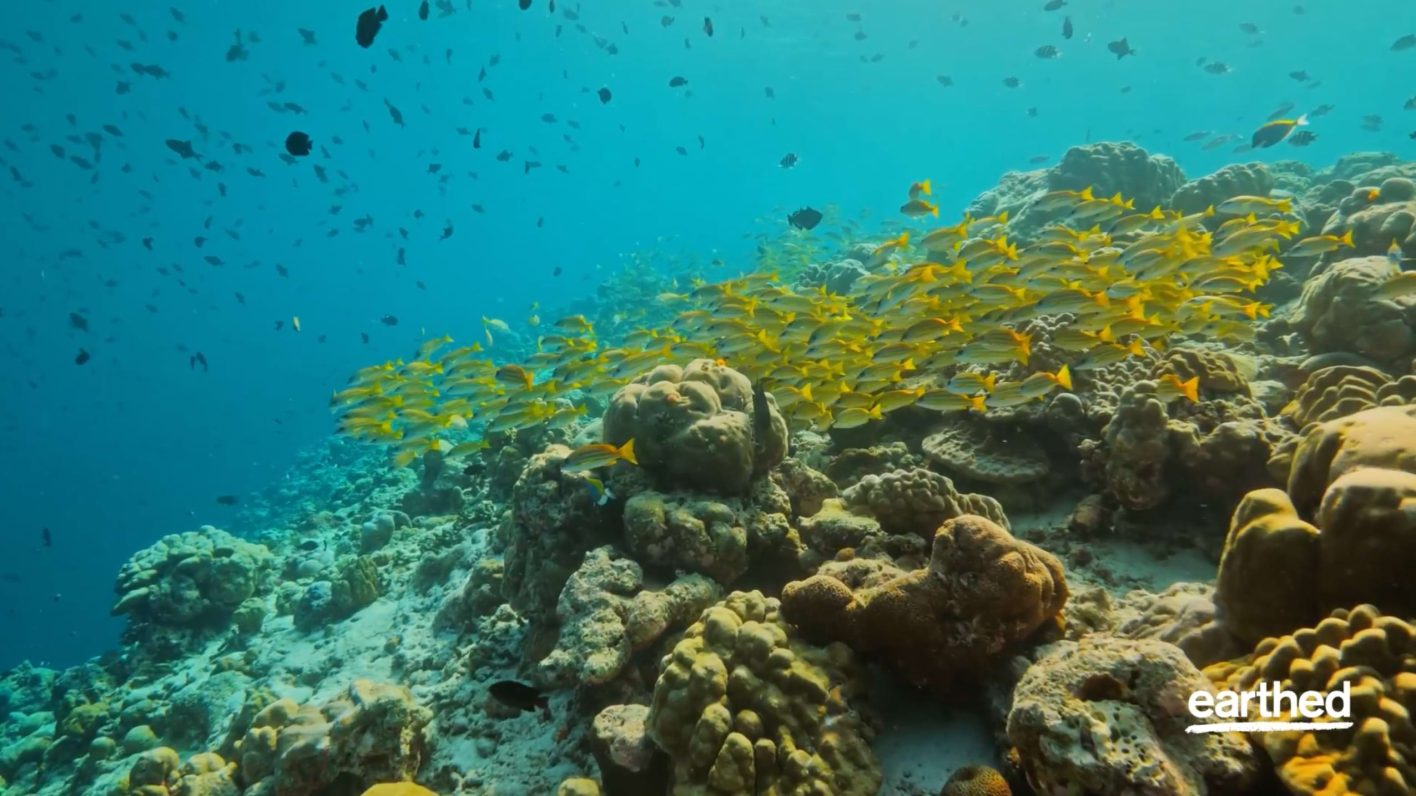
Ecosystem Restoration Benefits
Ecosystem restoration has a long list of benefits. It increases biodiversity, prevents mass extinction, sequesters carbon, cleans air and water, and combats climate change. It also benefits human culture through creating livelihoods and reducing poverty. Each of us can participate by improving the biodiversity in our back gardens or balconies.
It’s important to remember that each ecosystem is different. Tailoring your approach and working with practitioners can increase the effectiveness of restoration efforts. If you are engaging in broad landscape or seascape ecosystem restoration such as corals or watershed development then you should seek advice or work with a trained ecologist, ecosystem restoration practitioner or community. However it’s not always the case especially if you’re working on small areas like your back garden!
10 essential pieces of information about ecosystem restoration to get you started:
10 principles of Ecosystem Restoration
Developed by the UN as part of the decade of Ecosystem Restoration. These are the foundations to grow your restoration work. They exist to enable any Ecosystem Restoration work to be of the highest benefit to people and the planet. Go download the UN’s info pack on the 10 principles here.
Ecological Survey
So you’ve recently acquired some land, your community is restoring an old field, or you are part of a large-scale restoration project. Whatever the context, the first step is to go out and spend time with the land in its current state. This would include carrying out an ecological survey to give you more information about the biology of the ecosystem. This will help you assess the health of the current ecosystem and tell you whether reducing impacts, rehabilitation or using active or passive restoration techniques are going to be most effective.
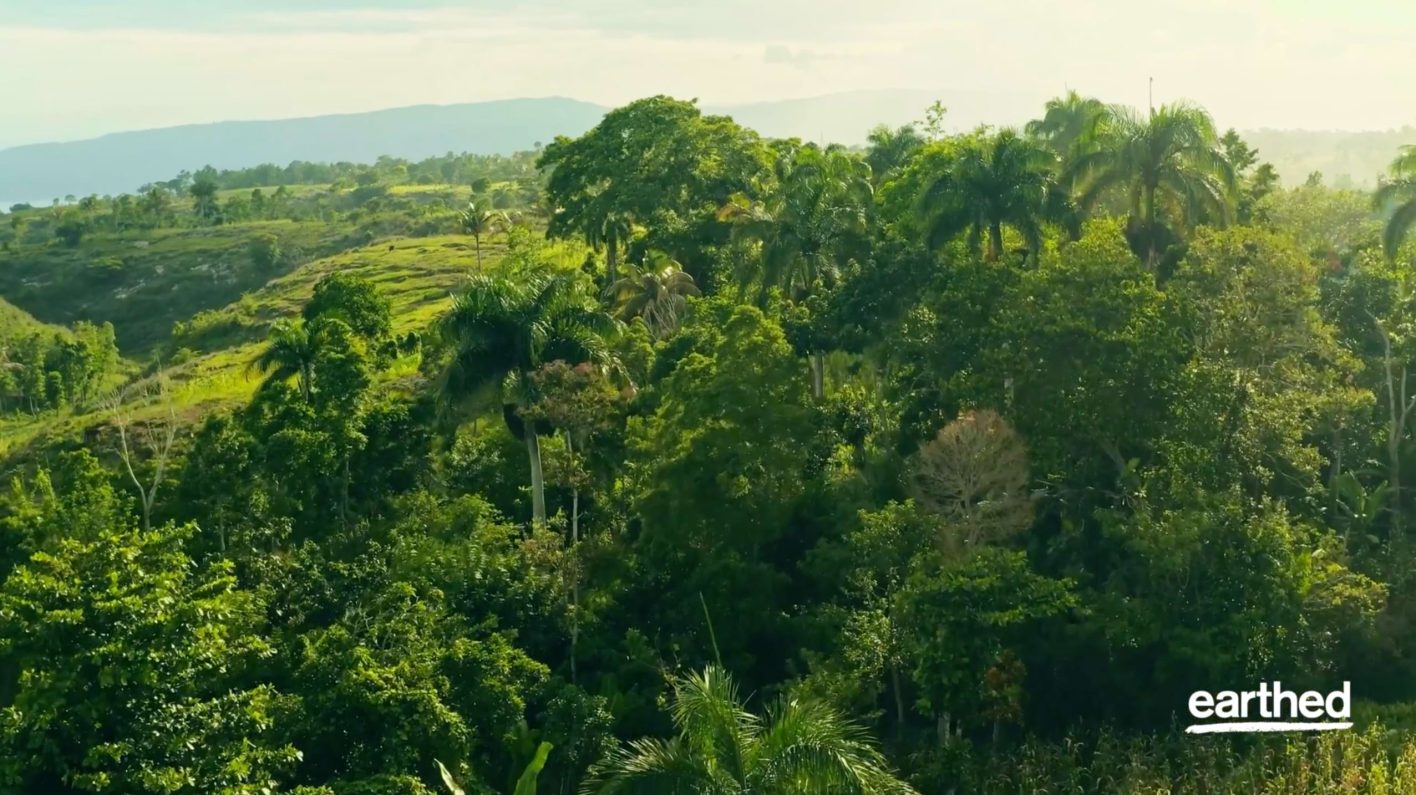
Reference Ecosystem
Once you have studied and surveyed the ecosystem you’re working with, the next step is to find a reference ecosystem. This is a nearby intact healthy ecosystem that has not been degraded through human impacts. It will display similar characteristics of the area you are restoring such as having similar species of plants and trees. A reference ecosystem will contain a high level of biodiversity. This will be a model and goal to steward the ecosystem you are restoring.
Planning
It’s important that before you start any restoration work, you spend a significant amount of time planning, researching and gathering everything that you need to proceed. This can mean further surveys, working with skilled practitioners or applying for funding to finance the project. But also setting realistic and achievable goals is important to measure your success.
Community Engagement
A key step of planning is getting significant buy-in and engagement from your local community. One of the number one reasons restoration efforts are not successful is due to the lack of support from the local community. Engagement can take the form of education. Telling people what you are doing and why. Hosting bio-blitz days where community members participate in surveying the land or volunteering days where people can get involved in the hands-on restoration process.
Reducing impacts
It is ineffective to jump straight to planting trees if existing impacts that contribute to the degradation of an ecosystem are not addressed. These impacts might include soil erosion through tillage, pesticide and fertiliser use, logging, invasive pests, wildfires and overfishing. Plus any other impacts that diminish the health and functioning of natural processes.
This is the first work that should be carried out, understanding and implementing ways of limiting and reducing the impacts that degrade an ecosystem. This is also important if restoring areas with invasive species. By addressing invasive species before beginning active restoration work you enable native species to establish themselves. Therefore moving the ecosystem in the right direction.
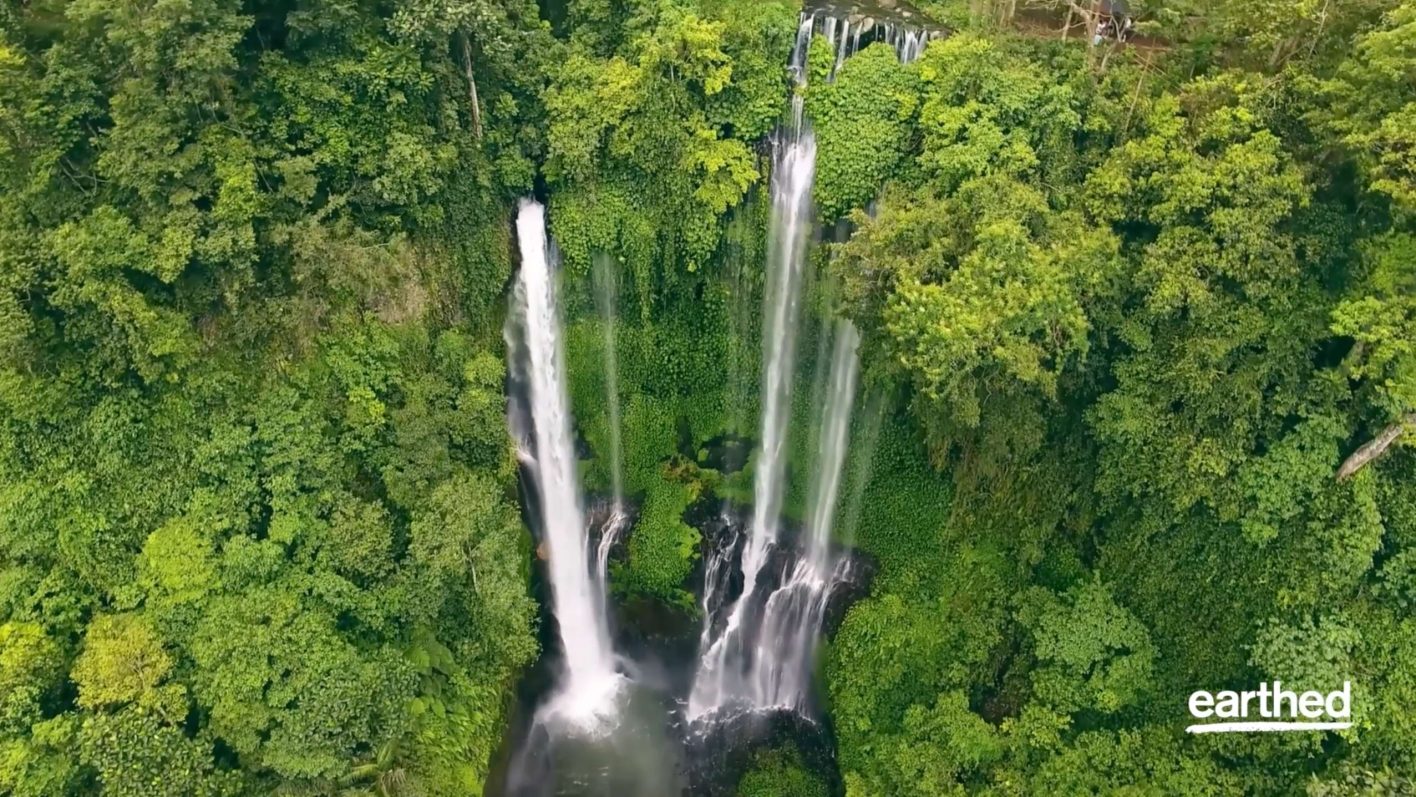
Rehabilitation
This can mean improving the ecosystem services within an area. It may not include restoring an ecosystem fully but instead putting the landscape to a new or altered use. This is also needed if the area has been contaminated by toxic materials or chemicals.
Active Ecosystem Restoration
This is when the ecosystem is degraded to the point that it requires human intervention to kick-start it in the right direction. This usually includes management techniques like planting seeds and seedlings. Plus regular interventions from humans to limit the spread of invasive species. Active ecosystem restoration can also include improving the water cycle by using techniques that allow water to sit and drain into the water table.
Passive Ecosystem Restoration
If you’ve stewarded a degraded ecosystem and made sure that it doesn’t require reduced impacts, rehabilitation or active restoration. Then passive restoration is the other option. This means that no action is taken other than to stop the stressors that are stopping the ecosystem from regenerating, such as grazing pressures from cattle. Often by stopping these stressors the ecosystem is at a state of health where it is able to regenerate itself over time.
Ongoing monitoring and adaptive management.
Now this is imperative to any ecosystem restoration project. Ongoing monitoring and adaptive management will mean the difference between the long-term success of a project or whether it degrades once more. Ongoing monitoring means that you can check for changes such as the presence of invasive species and pests. Adaptive management is focused on changing techniques to respond to the challenges that arise so that you can keep stewarding the ecosystem towards a restored state.
So now you know the basics. We highly recommend joining the Earthed community and getting started learning hands-on tools to restore ecosystems and bring nature back. If you’re new to ecosystem restoration then a good place to begin learning about local River Restoration with Paul Powlesland.
**
Earthed is a nature skills platform that exists to make every river, city, farm and balcony burst with life. Here, you can learn skills from our nature teachers, celebrate traditional knowledge and those who hold it and take part in community activities across many topics and terrains.
